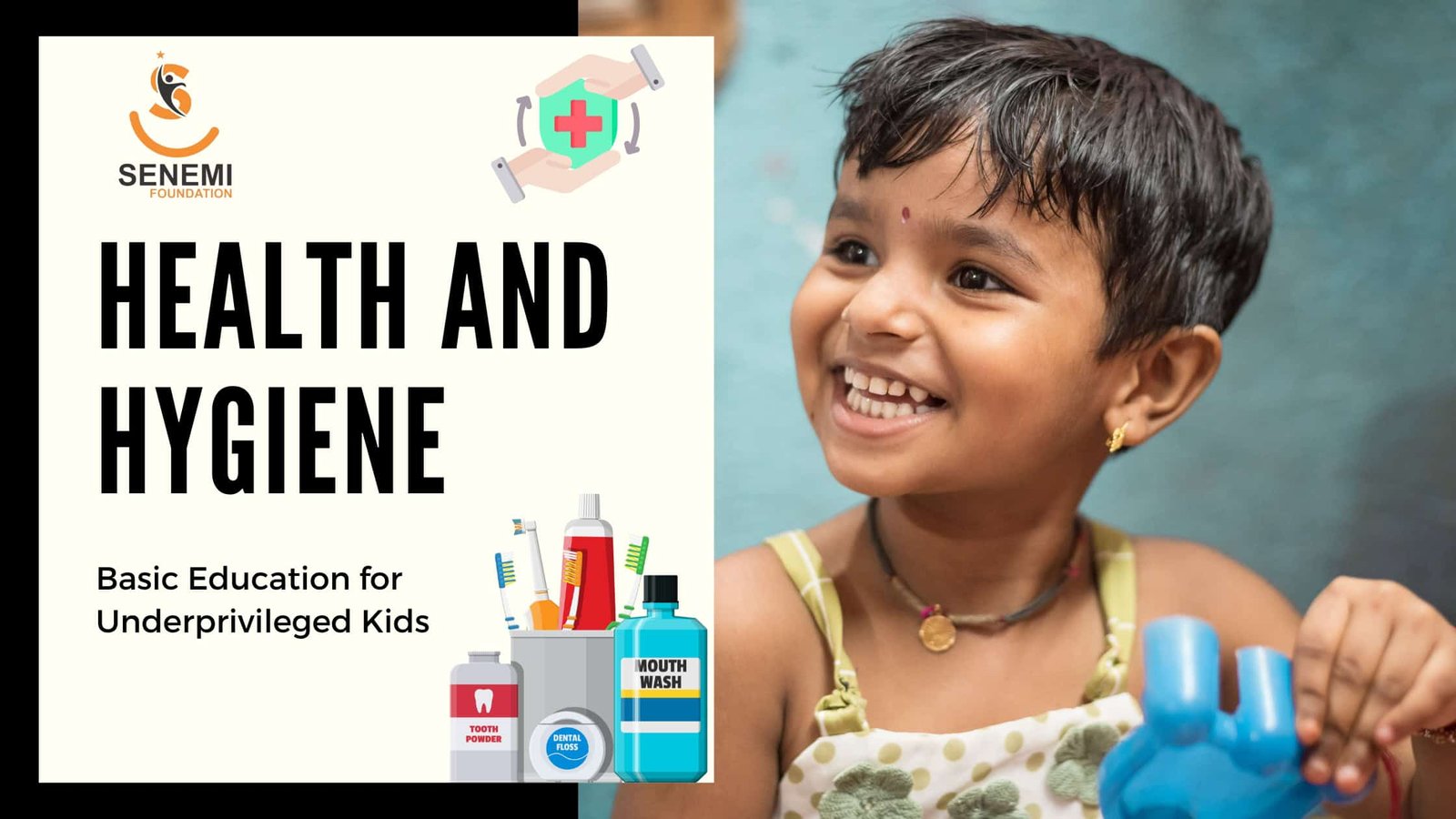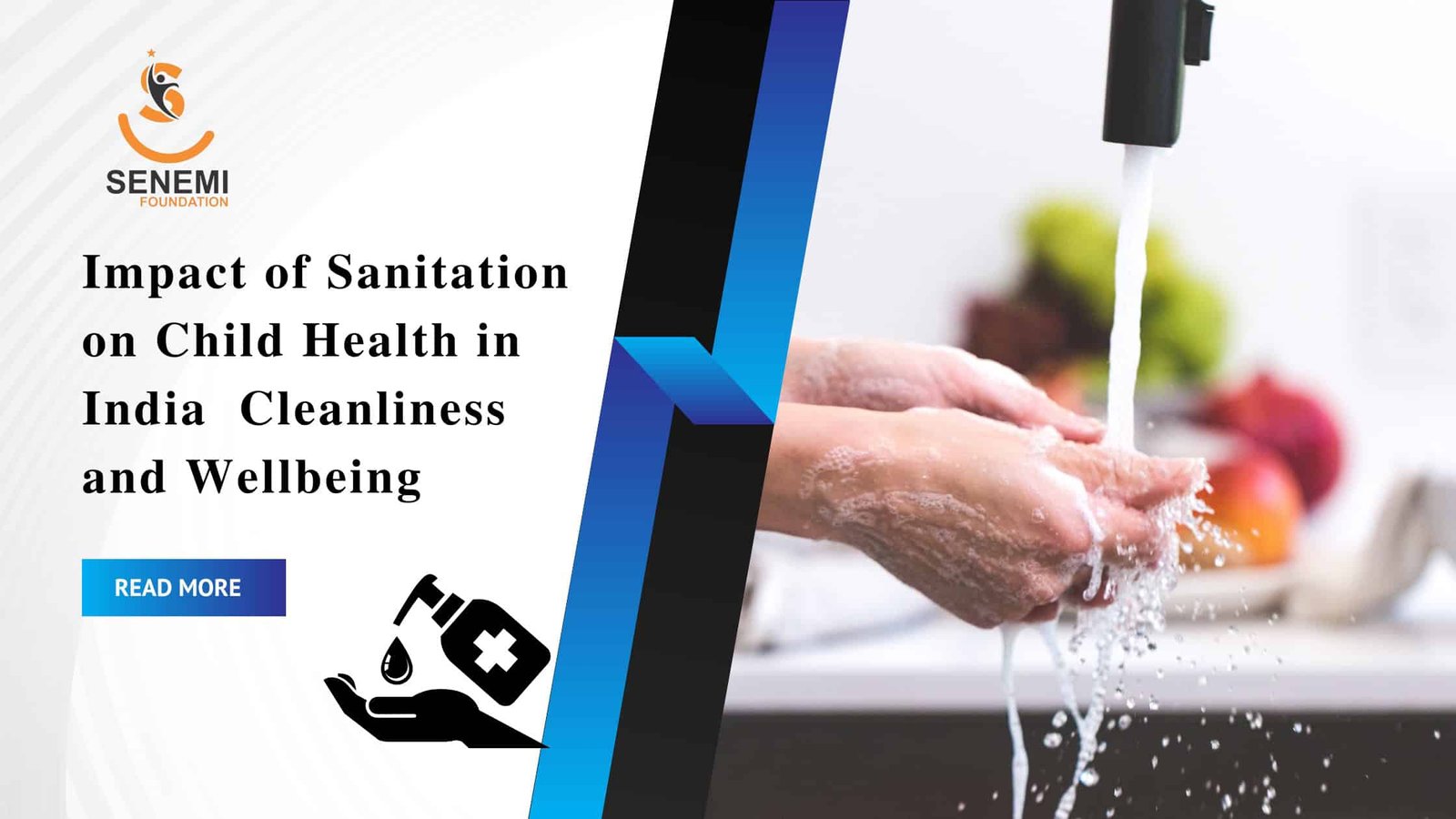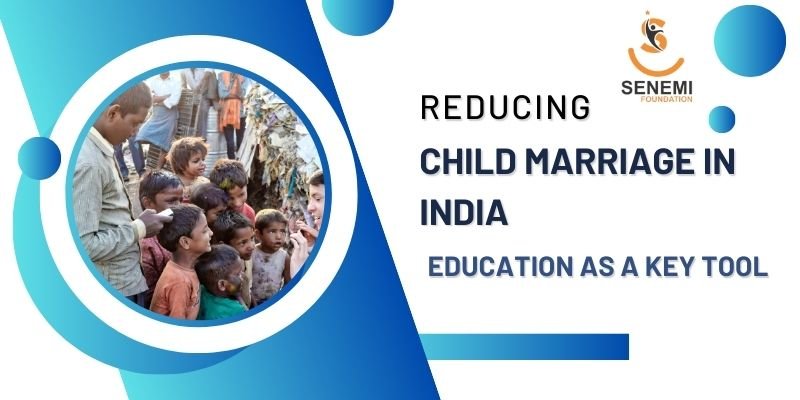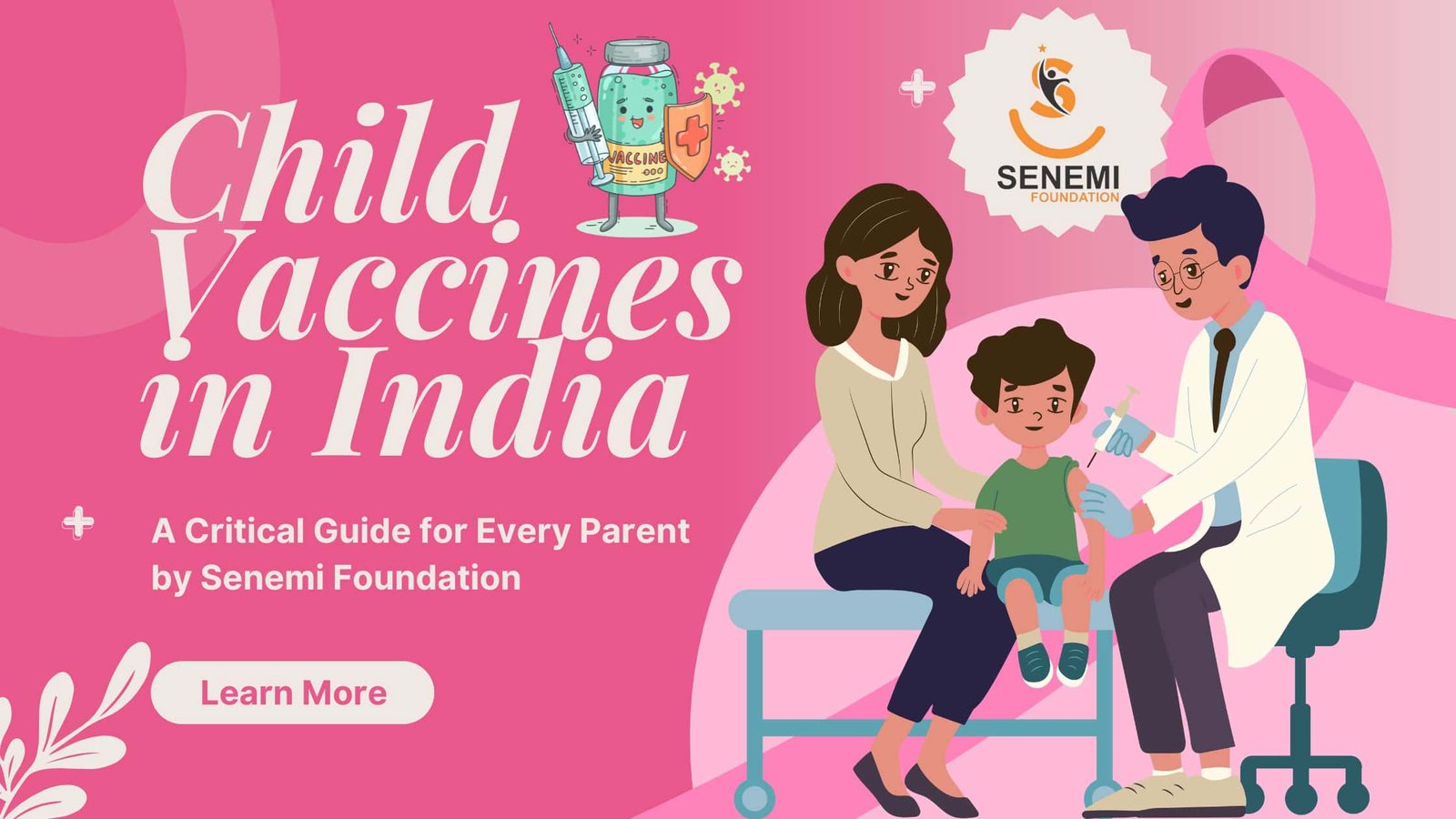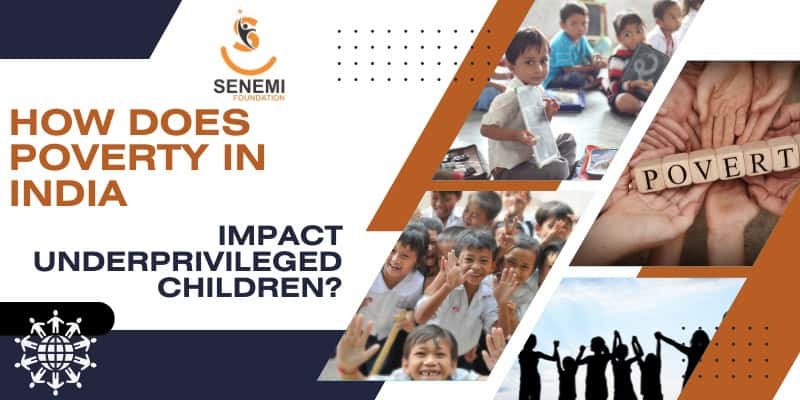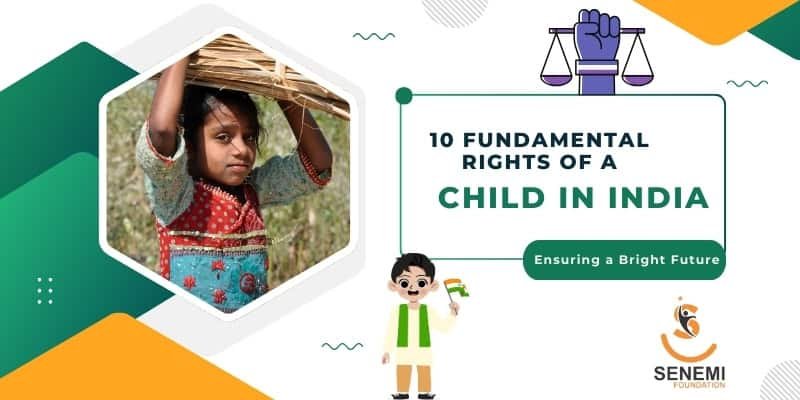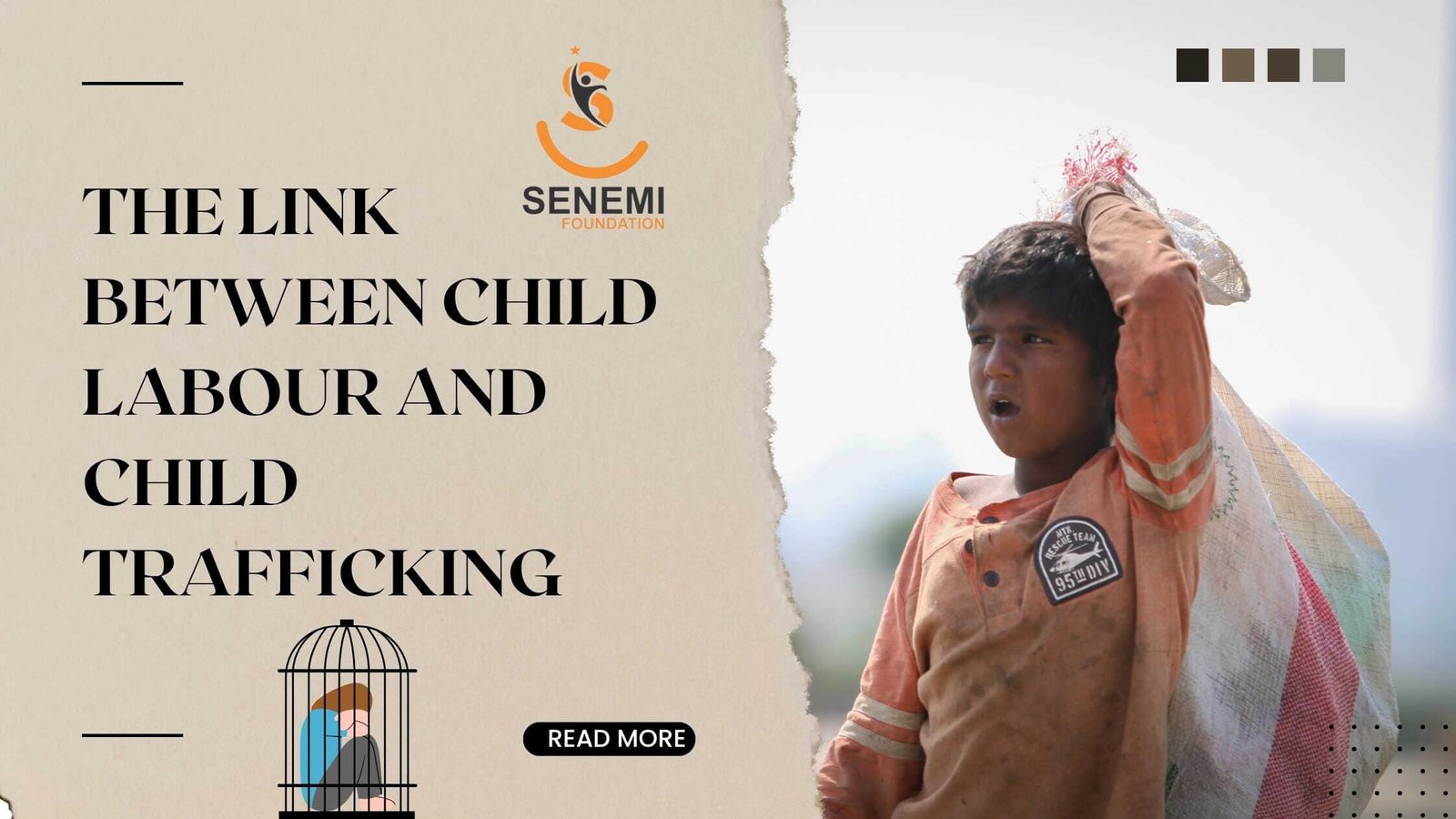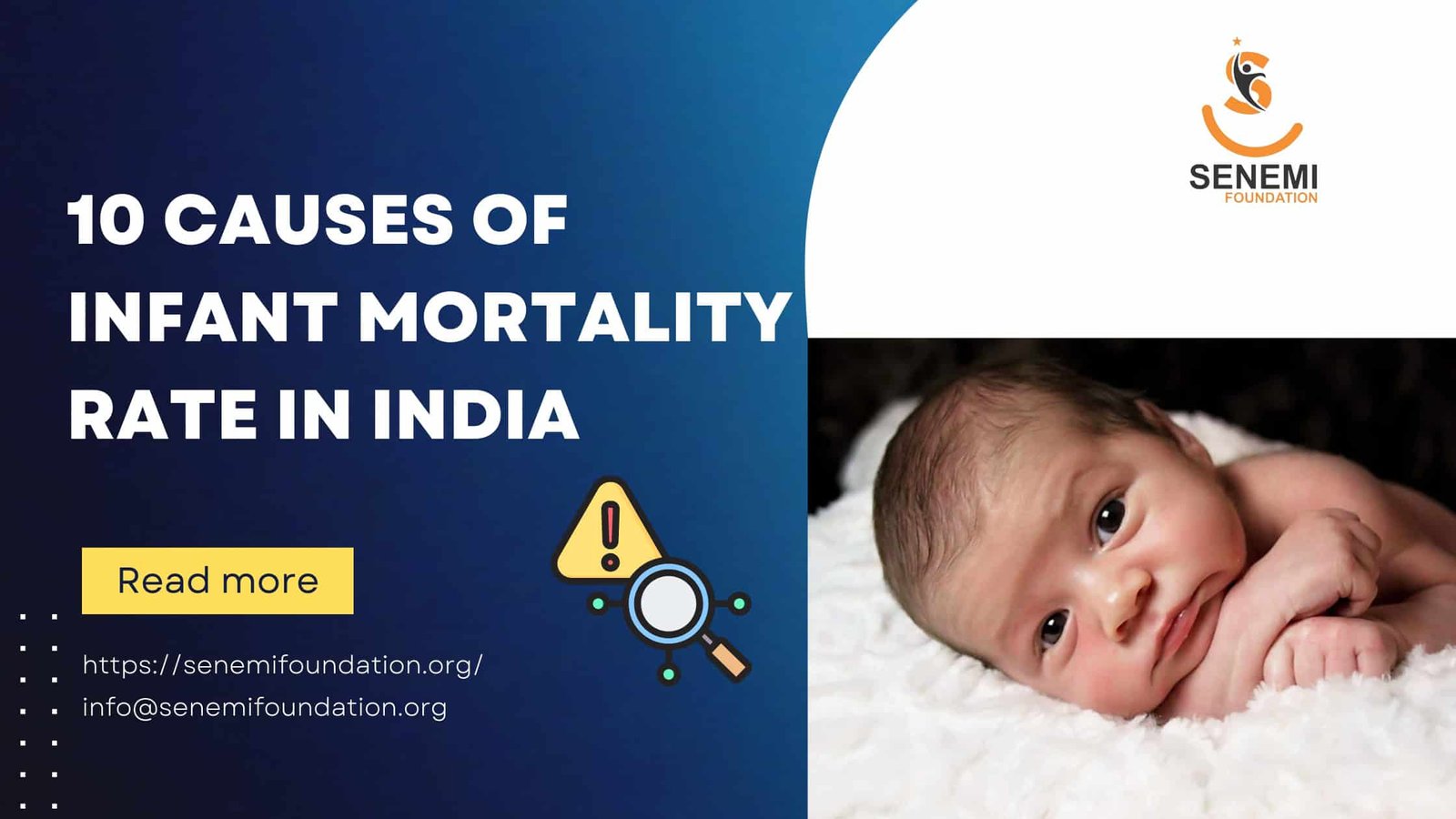

Introduction
India has made significant progress in healthcare and maternal welfare over the past few decades, yet the infant mortality rate continues to pose a grave concern. Defined as the number of deaths per 1,000 live births of children under one year of age, the infant mortality rate is a crucial indicator of a nation’s healthcare quality, socio-economic development, and child well-being. According to recent data, while the IMR in India has declined to 28 per 1,000 live births (SRS 2020), the number is still high compared to developed countries, and alarming disparities exist between urban and rural areas.
In this blog, we’ll explore the 10 major causes of infant mortality in India, understand what the infant mortality rate really means, and highlight how organizations like Senemi Foundation, one of the best NGOs in India, are striving to make a difference. We’ll also tell you how your contribution can decrease the IMR in India and save lives.
What Is Infant Mortality Rate?
The infant mortality rate (IMR) refers to the number of infants dying before reaching one year of age, per 1,000 live births in a given year. It is one of the most sensitive indicators of a nation’s health status. A high IMR often points to deeper systemic problems—like poverty, malnutrition, lack of access to healthcare, and insufficient maternal education.
The World Health Organization and UNICEF track IMR across the globe to monitor progress in child survival. But in India, despite improvements, the situation remains concerning, especially in underprivileged regions and among rural populations.
Why Infant Mortality Rate Matters in India
- Reflects Socioeconomic Status: Higher IMR is usually linked to poverty and low education levels.
- Indicates Healthcare Inequality: Uneven access to prenatal and neonatal care services.
- Highlights Gender Disparity: Female infants often receive less medical attention.
- Impacts Population Growth and Planning: A higher IMR and maternal mortality rate (MMR) hinder national progress.
- Signals Need for Policy Intervention: Understanding IMR helps in designing better child and maternal welfare policies.
Top 10 Causes of Infant Mortality Rate in India
1. Malnutrition
One of the primary reasons behind high infant mortality is poor maternal and child nutrition. Malnourished mothers are more likely to give birth to low-weight babies who struggle to survive.
Solution: Strengthen mid-day meals, provide nutrient kits to pregnant women, and encourage exclusive breastfeeding.
2. Inadequate Prenatal and Postnatal Care
Many women in rural India do not receive regular prenatal checkups. Lack of skilled birth attendants and postnatal care can lead to complications and neonatal deaths.
Solution: Increase awareness through local health camps, ASHA workers, and NGO-driven programs like Senemi Foundation’s rural outreach.
3. Infections and Communicable Diseases
Diseases such as pneumonia, diarrhea, and sepsis are deadly for infants with undeveloped immune systems. Often, these are preventable with timely intervention.
Solution: Promote immunization drives and hygiene education.
4. Low Birth Weight and Premature Births
Low birth weight increases the risk of infection and developmental delays. Premature births are common due to poor maternal nutrition and anemia.
Solution: Provide iron, calcium, and folic acid supplements to expecting mothers through NGOs and public health programs.
5. Poor Sanitation and Hygiene
Lack of toilets, clean drinking water, and awareness about handwashing often lead to infections among newborns.
Solution: Collaborate with NGOs like Senemi Foundation to conduct hygiene awareness campaigns in slums and villages.
6. Unskilled Birth Attendance
A significant percentage of deliveries in India still happen without skilled medical professionals, leading to birth asphyxia or trauma.
Solution: Promote institutional deliveries and midwife training programs supported by NGOs and CSR initiatives.
7. Delayed Access to Emergency Care
In rural and tribal areas, the nearest hospital may be 50 km away. Lack of transportation and road infrastructure can delay life-saving treatment.
Solution: Emergency ambulance support through health-tech interventions and grassroots healthcare units.
8. Lack of Immunization
Vaccination coverage in some states is below 80%. Unvaccinated infants are more susceptible to preventable diseases like measles and tetanus.
Solution: Use mobile vans to reach underserved areas and run awareness campaigns in local dialects.
9. Teenage Pregnancies
Adolescent mothers are more likely to have underweight babies and complications during delivery due to physical and emotional immaturity.
Solution: Spread awareness about reproductive health in schools and through digital education platforms.
10. Gender Disparity and Neglect
Female infants in some regions receive less care than male children, especially in underprivileged households. This silent discrimination contributes to higher IMR among girls.
Solution: Conduct gender sensitization workshops and support programs like "Save the Girl Child" initiatives.
What Is Infant Mortality Rate Class 10?
This term frequently appears in CBSE syllabus and government exam questions. Here’s a simple definition:
"Infant Mortality Rate refers to the number of children per 1,000 live births who die before reaching one year of age."
Students in Class 10 are encouraged to learn about IMR as part of social science and health education to build future civic awareness.
Current Status: Infant Mortality Rate in India
- National IMR: 28 per 1,000 (SRS 2020)
- Urban IMR: 19
- Rural IMR: 31
- Top States with Low IMR: Kerala, Tamil Nadu
- States with High IMR: Madhya Pradesh, Uttar Pradesh, Chhattisgarh
Despite improvement, India still contributes significantly to global infant deaths, highlighting the need for NGO support, government schemes, and community participation.
How Can We Decrease the Infant Mortality Rate in India?
Reducing infant mortality rate in India requires a multi-pronged approach involving:
Better maternal nutrition and care
Universal access to vaccines and medicines
Clean water and sanitation infrastructure
Health education and gender sensitization
Support from civil society and NGOs
Senemi Foundation’s Role in Reducing Infant Mortality Rate
As one of the best NGOs in India, Senemi Foundation has been at the forefront of improving maternal and child healthcare in rural and underserved regions. Our work includes:
Nutrition Kits for Expectant Mothers
Mobile Health Camps and Check-ups
Immunization Awareness Drives
Clean Water and Sanitation Projects
Midwife Training and Support Programs
Gender Equality Workshops and Adolescent Health Programs
Your support can make a life-saving difference. Every donation helps us reach another child, another village, another newborn in need.
Why You Should Donate to Senemi Foundation
When you donate to Senemi Foundation, you’re not just giving money — you’re saving lives.
₹500 can sponsor a mother’s nutrition for a month.
₹1000 can vaccinate 10 infants.
₹5000 can fund a health camp in a tribal village.
Your contribution helps reduce the infant mortality rate in India, builds healthier communities, and empowers women to raise healthy children.
Conclusion
The infant mortality rate in India remains a pressing public health challenge. While government policies and healthcare advancements have made notable progress, more work is needed—especially at the grassroots level. By addressing the 10 primary causes discussed above, we can create a future where no child dies from preventable causes.
But we can’t do it alone.
Join hands with Senemi Foundation.
Be the reason a child sees their first birthday.
Donate now and be the change India needs.
 Abhay
Abhay

